Artistic Freedom and Censorship: A Fragile Balance
The relationship between artistic freedom and censorship has been a topic of relentless debate in many societies. The delicate balance between the two involves the interplay of societal norms, political values, and cultural expectations that shape and often limit creative expression.
Historical and Contemporary Examples of Artistic Censorship
Through the passage of time, there have been countless instances of artistic censorship, influencing the evolution and perception of art. Historical examples include the actions of the Catholic Church in the Renaissance period. The Church, irritated by The Last Judgement by Michelangelo, used drapery to cover several figures in the painting.
In more recent times, Ai WeiWei, a Chinese artist, has faced constant censorship from the Chinese government due to his political activism expressed through his art. Despite his international recognition, his works have been systematically erased from the Chinese Internet, and he has been frequently arrested and prohibited internationally by Chinese authorities.
Artists’ Reaction and Adaptation to Censorship
Artists react and adapt differently to censorship, often influenced by the societal or political context they live in. Some artists use censorship as a tool to inspire creativity under constraints, crafting subtle yet powerful expressions. Others challenge censorship directly and creatively incorporate meta-commentary on censorship within their work.
Ethical Implications of Creativity Constraints
Censorship and creative constraints bring forth ethical dilemmas. While censorship can maintain social decorum, it can also limit the progress and evolution of art. It may protect individuals or groups from offense; however, it might infringe upon the freedom of expression and stunt the growth of critical and revolutionary ideas.
The Pros and Cons of Censorship
Censorship can assist in upholding societal standards and sensitivities. It can prevent the dissemination of offensive, harmful, or sensitive material. On the other hand, it limits artistic freedom, stifles dialogue and dissent, and could be used to promote a specific ideology or repress controversial perspectives.
Potential Solutions and Alternatives
One potential solution is to implement a content rating system similar to those used in films and video games. This allows artists to express themselves freely while informing potential viewers about the potential content. This helps to uphold the integrity of artistic freedom, while respecting societal sensitivities.
Ultimately, the balance between artistic freedom and censorship remains a challenging and complex issue that requires constant dialogue, adaptation, and negotiation within society.
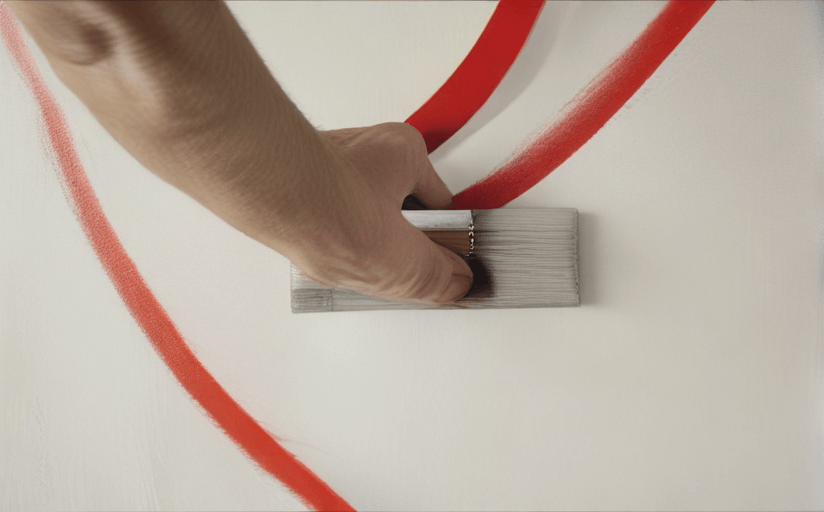




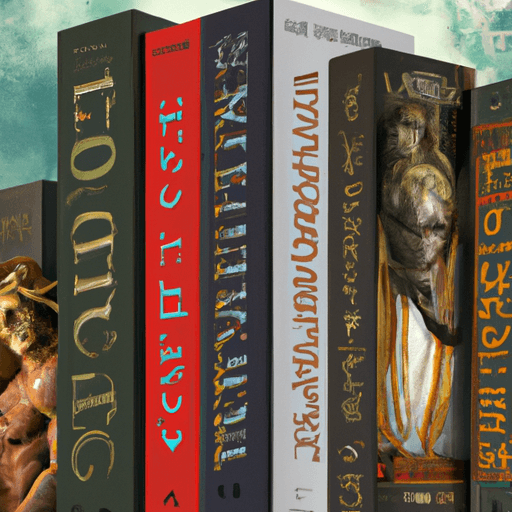
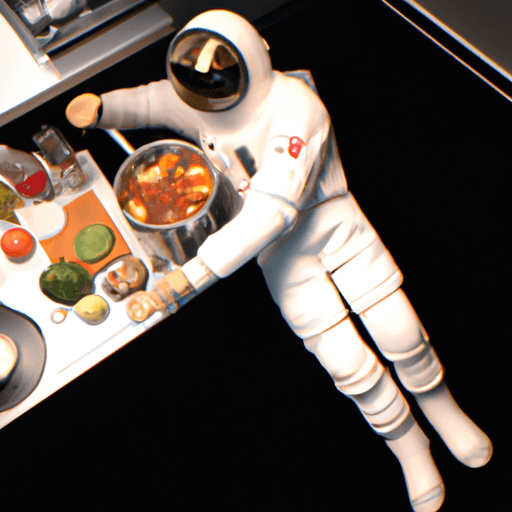
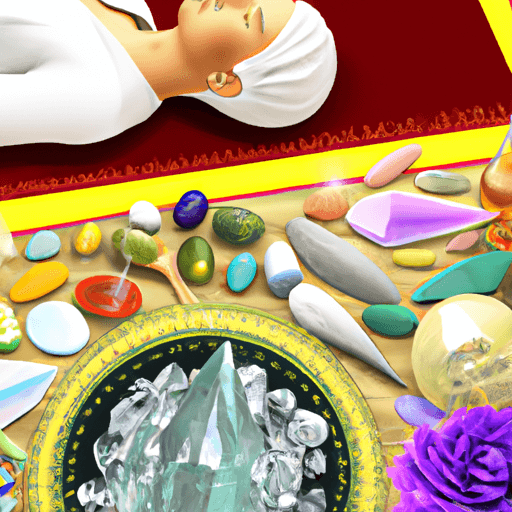



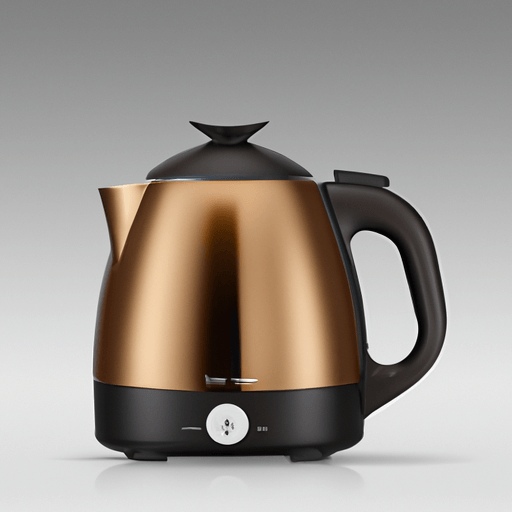

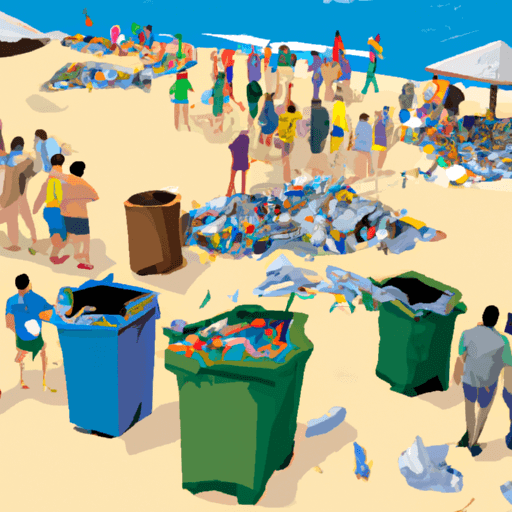


Comments
Leave a Comment